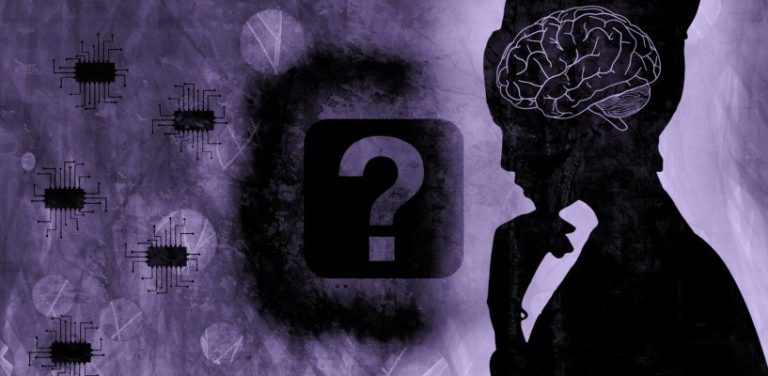The process of iteratively and proactively searching through networks, endpoints, and datasets to hunt malicious, and risky activities, for detecting and isolating advanced threats evading security solutions is cyber threat hunting. This is an active cyber defense activity that protects your computer system from malicious threats and virus attacks.
Threat hunting is a focused process. Hunting is done by collecting information about the environment and next is to raise hypotheses about the potential threats. The hunter chooses a trigger for further investigation. It is a particular system, a hypothesis, or a network area.
Cyber threat – what does it mean?
Any event or circumstance with the possibility to harm the information system by unauthorized access, disclosure, destruction, modification of data, and denial of service. The threat rises from human activities and natural situations.

The goal of threat hunting
The goal of a threat hunter is to monitor the everyday activities and traffic of the entire network and then investigate possible anomalies. It is done to find any to-be discovered malicious activities that lead to the full-blown breach. Thus, the cyber command directs and conducts connected electronic warfare, cyberspace operations, and information as authorized or directed, ensuring freedom of action through and in cyberspace and the information environment.
The benefits of threat hunting
As a part of a holistic cybercrime prevention technique, threat hunting has several benefits in that the companies have a proactive line and additional defense against malicious actors breaching the endpoint security defenses.
Threat hunting has a lot of benefits for threat protection to large organizations:
- Proactive rather than reactive
- Breach attempts and reduction in breaches
- TTP understanding
- Improvement in security
- Faster and more accurate responses to threats
Cyber threat hunting enhances your network’s safety and comprises a robust weapon in your arsenal to safeguard against cyber-crime.
Processes of threat hunting
As a cyber threat hunter, you may have prepared everything for the process of doing the work. Threat hunting processes generally, such as:
- Indicators. Advanced detection tools can identify uncommon behaviors. It triggers points, and threat hunters, within the area where possible malicious activity exists for further investigation.
- Investigation. Cyber threat hunters use technology, such as EDR or NDR to analyze whether the system is secured. At this point, the activity can either be considered malicious or deemed benign.
- Response. The resolution phase is the final phase. It is important to communicate the malicious activity to protection teams to respond and mitigate threats. Data gathered from steps 1 – 2 can be used to enhance machine-learning technology and threat hunting analytics further and avoid similar threats in the future.














